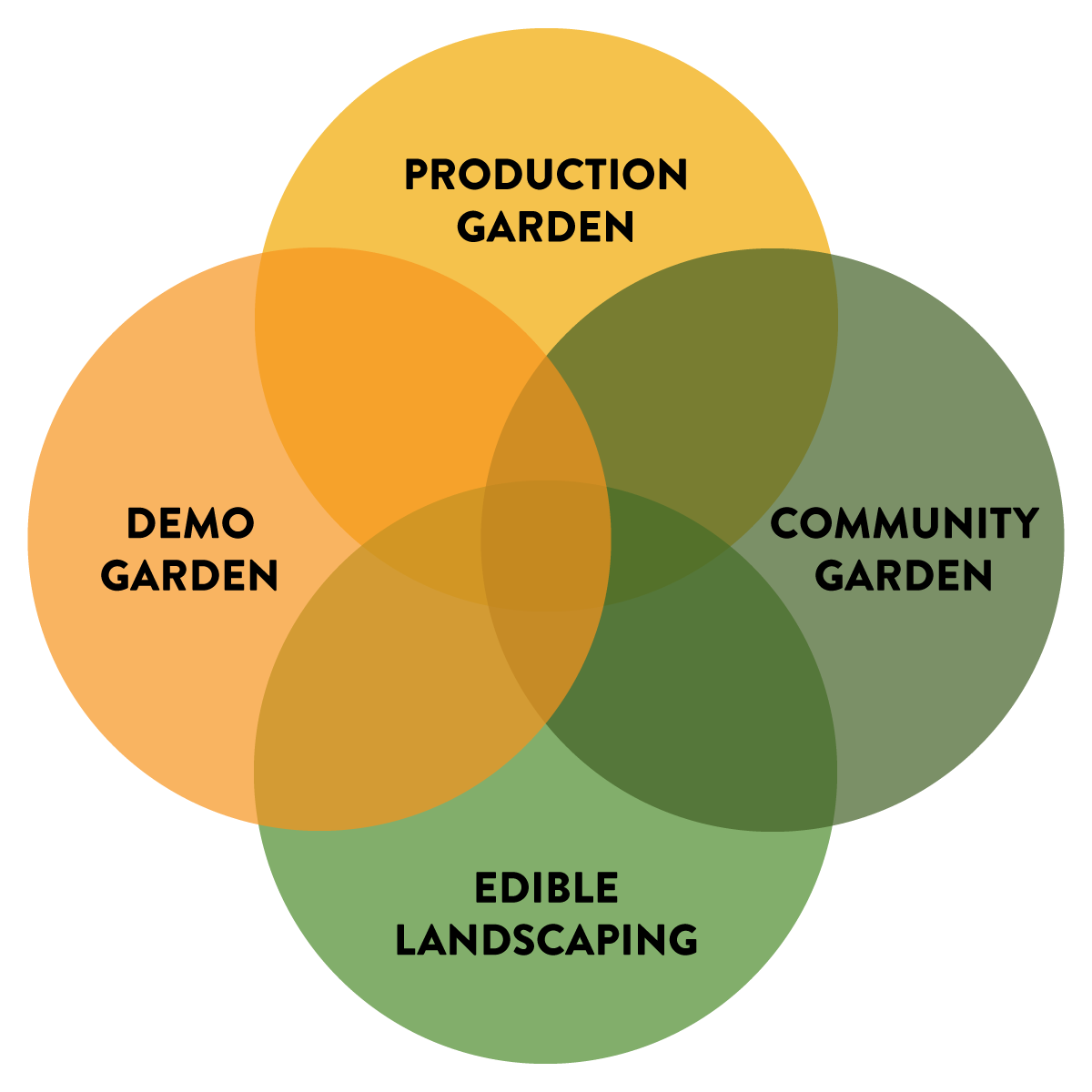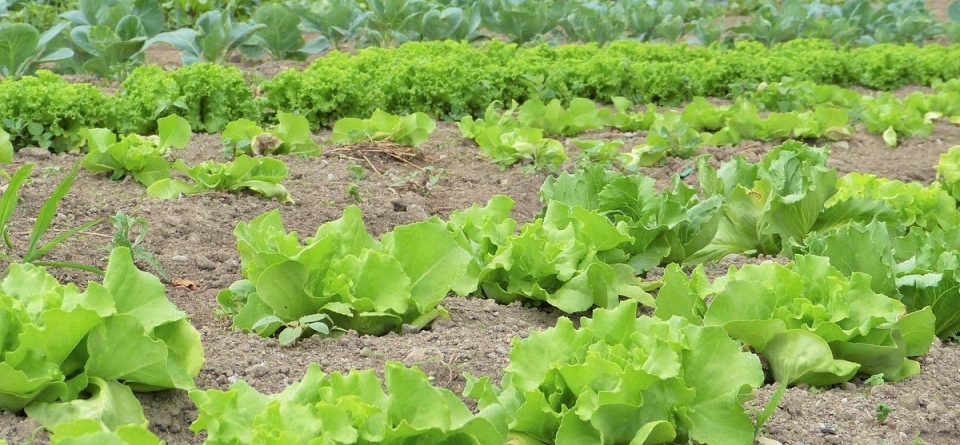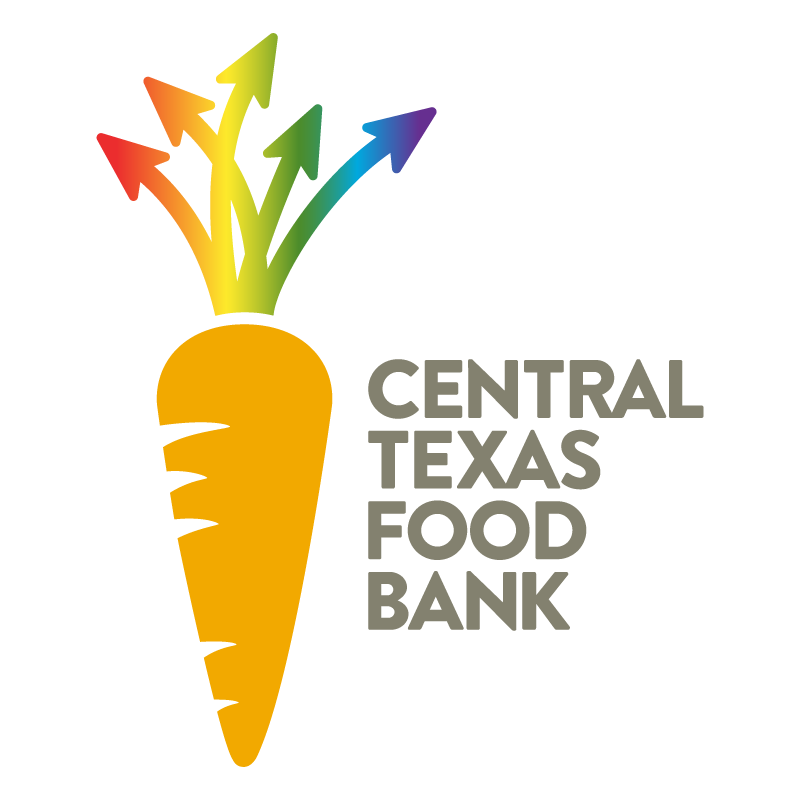Success Stories
North Shoal Creek Community Garden: Leadership Team
Community, Demonstration
-
Contact North Shoal Creek Community Garden: gardenchair@nscna.org
Address: 3025 Crosscreek Dr. Austin, TX 78757
Click here to visit www.nscna.org.
North Shoal Creek Community Garden is an example of how a strong leadership team can support a great garden program. Each committee member is in charge of specific tasks that promote the efficiency and sustainability of garden operations. The oversight of this garden program has allowed them to have 22 plots used by individuals and schools, receive numerous donations and grants, expand the space to include a greenhouse and a toolshed, work with Master Gardeners to provide education, and assist gardeners who cannot pay their dues. The North Shoal Creek Community Garden is the only visible manifestation of the neighborhood association, promoting a sense of togetherness and consistency, therefor acting as a focal point in the community. The leadership team structure is as follows:
- Manager: oversees all committee members and their duties
- Treasurer: coordinates permits and sponsorship with the Austin parks foundation
- Maintenance: plans work days, regular repairs, and keeps track of tools
- Membership: handlers rosters, plot assignments, and fee collections
- Communication: posts newsletters, volunteer recruiting, and other updates on social media
- Education: organizes classes and other events
Killeen Municipal Court Garden: Donation System
Production, Demonstration
-
Contact Killeen Municipal Court Garden: Director Larry Moehnke (254) 680-5258 or lmoehnke@hot.rr.com / bell.mg@agnet.tamu.edu
Address: 1814-1848 Michele Dr. Killeen, TX 76542
Click to visit txmg.org/bell/killeen-municipal-court-garden/
The Killeen Municipal Court Garden shows how a consistent harvest tracking system can drastically expand the distribution of donations. This garden program is funded by the city of Killeen and run by the Bell County Master Gardeners. Every day, one or two Master Gardeners come to the garden to water and complete any other regular garden maintenance. If they harvest anything, it is immediately weighed and the amount is documented on a spreadsheet. This information is then given to the Garden Manager who works with city representatives to coordinate donations to non-profit organizations in the county. This system allowed the Killeen Municipal Court Garden to donate 5962 lbs of produce to homeless shelters, domestic violence shelters, soup kitchens, food pantries, churches, and many others in 2019.
Goals And Styles Combined
Incorporating Multiple Garden Styles
There are many ways to organize your garden, but those listed are the practices most commonly implemented in gardens that are associated with food pantries in Central Texas (see fig. 6). Your garden program can, and probably will, encompass multiple styles of gardening. First you need to decide what you want accomplish with your garden program. By incorporating a variety of styles, the efficacy of the programs ability to assist the community is proliferated.

Fig. 6. Primary Styles of Garden Programs
Garden Case Studies
To understand how garden program components can coexist, here are some examples of gardens with mixed purpose. The following section describes organizations that use more than one gardening style at their site. As you are reading their stories, consider your organizations current capacity. What resources and assistance do you already have? What do you still need?
Garden of Blessings at East Side Baptist Church
Production, Community, Demonstration, Edible Landscaping
-
Contact Eastside Baptist Church: (512) 929-3722
Address: 2400 Northeast Dr. Austin, TX 78723
The pastor of East Side Baptist Church created this garden as a way to supplement the food served at Wednesday night service. It was largely successful and it advanced to the point that the Pastor could not keep up with the amount of the produce being grown (edible landscaping at this point? Just kind of food plants around for no immediate purpose) Thus, he enlisted the help of a passionate member of the church. They began giving the excess produce to church members and recruiting volunteers to assist (culturally preferred produce, production). Soon more church members became interested and East Side Baptist Church created space for the community to garden for themselves onsite (community). There were garden workdays on the weekend to complete garden maintenance projects, which included performances by the church band and choir, and a cook out. The garden leader began writing garden curriculum and teaching it to anyone in the community who wanted to learn (demonstration). Soon after, the garden leader and the Pastor collaborated with a local school and began brainstorming an effort to get the students involved in the garden. They created a program called Soul to Soil, where students would build gardens in the yards of local seniors who could not regularly make it out to the church garden. This is a mutually beneficially relationship. The seniors have an opportunity to socialize, and the students have an opportunity to hear and learn from the senior’s life stories.
St. John’s Faith
Demonstration, Production
-
Contact St. John’s Faith: StJohnFaithCommunityGarden@gmail.com or Angela Bigham abigham1@hotmail.com
Address: 7501 Blessing Ave, Austin TX 78752
The St. John's Faith garden began as a program to supplement the produce that was already being offered at the mobile pantry (production). The Wellness Director of the St. John’s Regular Association presented the idea to the church and acquired funding to begin building the garden and growing food. Community members would come to a table set up by the garden leader to pick out whatever produce they’d like, but often the garden leader would deliver produce to the homes of individuals, mainly seniors. The garden leader then collaborated with the UT Nursing School (the garden leader works there) to begin offering classes in nutrition, general self-health care, and mental health. As well as offering garden education, the other classes focused on how the garden plays a role in the subjects. The garden is still being built, but the garden leader (who has many MANY credentials, holds a leadership position with the Alliance for African American Health in Central Texas) would like to turn the garden into a farmers market. This would include health assessment sites (community members can get blood pressure, basic blood work, weight, etc consistently measured to track if/how the garden is affecting their health), educational resources, and some fun elements to attract the community and make it a regular community gather space (like music or raffles or a cookout).
Spicewood Community Garden
Demonstration, Production, Community
-
Contact Spicewood Community Garden: thefarmacytx@gmail.com or Garden Manager Clara Kistner at (713) 824-2526
Address: 3000 Bee Creek Rd. Spicewood, TX
Click here to visit www.101highlandlakes.com/news/spicewood-community-garden
This is a large garden on the property of the Bee Creek Methodist Church. It is the project of a church member and experienced gardener that wanted to utilize the excess land. The first phase of the garden was created to harvest food for donation to Helping Hand of Spicewood Crisis Ministry (production). The garden leader grows all the plants from seed in her home before transplanting them in the garden. With an overwhelming amount of help from the community, the majority of the beds were built in one garden workday. The second phase of the garden will include individual beds for any member of the community to use to grow food for themselves, with all resources provided (community). In addition, they are building beds for the children at the Sunday school, where they will learn about gardening (demonstration). In an informal sense, the garden offers abundant educational opportunities for volunteers by allowing them to learn from each other and from the expertise of the garden leader.
Overcoming Barriers
St. Andrew’s Presbyterian Church Garden: Water Source
Production
-
Contact St. Andrew’s Presbyterian Church: (512) 251-0698
Address: 14311 Wells Port Dr, Austin, TX 78728
Click here to visit www.staopen.org/
The congregations at St. Andrew’s created their garden as a way to utilize the open land that surrounded church. The flat greenspace was the perfect location to build a small garden, but the lack of water access posed a problem. The closest water source was a spigot on the side of the church building, over 100 feet away. Their initial solution was to run a hose from the spigot to the garden, but this proved to be a safety hazard landscapers, passersby, and the hose itself. To mitigate the restrictions of the water source, the congregation enlisted the help of a local Eagle Scout troop. Together with volunteers, they buried the hose from the church to the garden, and installed a spigot within the garden that allowed for easy access.
References
Guest, Greg, and Emily E. Namey. Diagram of Social Ecological Model. “Public Health Research Methods”. SAGE Publication, 2015,
https://dx.doi.org/10.4135/9781483398839.
Kiles, Tyler, et al. Diagram of Social Determinants of Health. “A Scoping Review of Active-Learning Strategies for Teaching Social Determinants of Health in Pharmacy.” American Journal of Pharmaceutical Education, vol. 84, no. 11, 2020, pp. 1483., doi: https://doi.org/10.5688/ajpe8241.
Poux, Sabine. “Social-Ecological Model Offers New Approach to Public Health.” The Borgen Project, 5 Aug. 2017, https://borgenproject.org/social-ecological-model/.
“Social Determinants of Health.” Social Determinants of Health - Healthy People 2030, Office of Disease Prevention and Health Promotion, https://health.gov/healthypeople/objectives-and- data/social-determinants-health.







